Los Angeles entered its fourth night of turmoil on June 9, with protests over federal immigration raids morphing into large-scale riots that have torched cars, closed freeways, and injured at least 29 law-enforcement officers. Roughly 2,000 California National Guard soldiers—activated under a presidential memorandum signed late June 7—are now on city streets, and a battalion of about 700 Marines from Twentynine Palms began arriving by airlift Monday evening to reinforce security around federal facilities. The Pentagon says the Marines will remain “in a force-protection role” unless the President invokes the Insurrection Act, which would authorize active-duty troops to perform law-enforcement functions such as arrests.
Catalyst: Immigration Sweeps
Tensions ignited early Friday when Immigration and Customs Enforcement agents arrested 44 people in workplace operations across the garment district and a Home Depot parking lot in Paramount. Among those taken into custody was David Huerta, president of the California SEIU labor federation, charged with obstructing federal officers. Protesters converged almost immediately outside the downtown Metropolitan Detention Center, chanting “Set them free—let them stay” and “ICE out of L.A.” The demonstrations spread Saturday to Compton and other Latino-majority neighborhoods, where clashes with LAPD and California Highway Patrol officers marked the first use of tear gas and less-lethal rounds.
Escalation into Riots
By Sunday evening, crowds had grown to several thousand. Demonstrators set four Waymo self-driving taxis ablaze near U.S. 101 on-ramps, blocked traffic with makeshift barricades, and hurled fireworks, rocks, and electric scooters at officers attempting to clear Figueroa Street. One protester was arrested for throwing a Molotov cocktail; another drove a motorcycle into a police skirmish line, injuring two deputies. LAPD declared an unlawful assembly for the Civic Center and later expanded it to all of downtown. Across three days, city, state, and federal agencies reported at least 68 arrests on charges ranging from failure to disperse to attempted murder.
Federal Response and Legal Tensions
President Donald Trump ordered the National Guard deployment Saturday night, citing “violence, clashes, and unrest.” The mission falls under Title 10 federal command for up to 60 days. On Sunday morning U.S. Northern Command confirmed about 300 Guard soldiers were already securing the Roybal Federal Building and two other downtown sites. By late Monday, the contingent had swelled to the authorized 2,000 as additional units arrived from the 79th Infantry Brigade Combat Team.
The White House also put 500 Marines from 2nd Battalion, 7th Marines on prepare-to-deploy orders. A Pentagon spokesman said the Marines’ immediate tasking is perimeter security and emergency medical support, echoing domestic deployments after Hurricane Katrina and the September 11 attacks. Governor Gavin Newsom called the federalization “an unmistakable step toward authoritarianism,” announced the state will sue to block the order, and requested that Guard units revert to state control. The Justice Department counters that the president has clear authority to use federal troops when state officials are “unable or unwilling” to enforce federal law.
Political Reactions
The deployment has deepened partisan fissures. Trump, speaking outside the White House, suggested border czar Tom Homan should arrest Newsom for “obstructing immigration enforcement.” Republican congressional leaders framed the unrest as proof that the Senate should quickly pass the administration’s “One Big Beautiful Bill,” which pairs border security funding with tax and spending changes. California Democrats, including Los Angeles Mayor Karen Bass, argue the presence of federal troops inflames tensions. Bass insists LAPD can handle disorder without military help, but she has faced criticism for what some local business associations call an initially “stand-down” policing posture.
Damage and Casualties
City officials report at least 41 businesses vandalized or looted, including pharmacies and electronics stores along South Broadway. Five Metropolitan Transit Authority buses sustained fire damage, and cleanup crews removed more than 60 burned electric-scooter carcasses from downtown streets. Los Angeles Fire Department logged 19 vehicle fires, most involving self-driving taxis or rideshare cars. Hospital officials say 112 civilians received treatment for injuries ranging from pepper-ball impacts to smoke inhalation; no fatalities have been confirmed. Among law-enforcement personnel, 26 LAPD officers, two sheriff’s deputies, and one ICE agent suffered injuries serious enough to require hospitalization.
Ongoing Investigations
The FBI’s Los Angeles Field Office has offered a $50,000 reward for information on individuals caught on video throwing projectiles from freeway overpasses and setting fires. Agents are also examining whether organized extremist groups coordinated travel to Los Angeles after similar anti-ICE demonstrations in New York City and Chicago. Homeland Security spokeswoman Tricia McLaughlin said federal charges could include interference with immigration enforcement, arson of federal property, and civil-rights violations.
Community Impact and Future Protests
Several neighborhood councils canceled evening meetings, and the Los Angeles Unified School District shifted 18 downtown schools to remote instruction. The march-organizing coalition—comprised of immigrant-rights groups, labor unions, and college activist networks—plans a “Freedom Vigil” at Grand Park on Tuesday, despite the city’s denial of permits. LAPD says any assembly permits will be reconsidered only after nightly violence stops.
Legal Framework for Troop Deployment
Under Title 10 deployments, Guard soldiers remain subject to Posse Comitatus restrictions barring direct police duties. However, they can protect federal buildings, transport supplies, and operate detention facilities. Use of active-duty Marines for law enforcement would require an Insurrection Act declaration—a step Trump has so far withheld, stating “it depends on whether or not there’s an insurrection.” Defense Secretary Pete Hegseth has nonetheless placed Camp Pendleton units on high alert and argues that violent interference with ICE constitutes “a dangerous invasion” facilitated by cartels, fitting a Posse Comitatus exception.
Outlook
City leaders hope Marine presence will deter further arson and freeway blockades, but community organizers say military uniforms will draw larger crowds, not dissuade them. If protests remain at current intensity but avoid lethal violence, federal officials may keep troops in a defensive posture and scale back once deportation operations conclude. An uptick in assaults could prompt Trump to invoke the Insurrection Act, a move likely to trigger immediate court challenges and intensify political backlash.
For now, Los Angeles enters a critical week under the most extensive domestic military deployment since 1992. How quickly local, state, and federal authorities coordinate crowd control—and whether protesters temper tactics—will determine whether the city returns to normal policing or drifts toward an unprecedented federal takeover of public security.


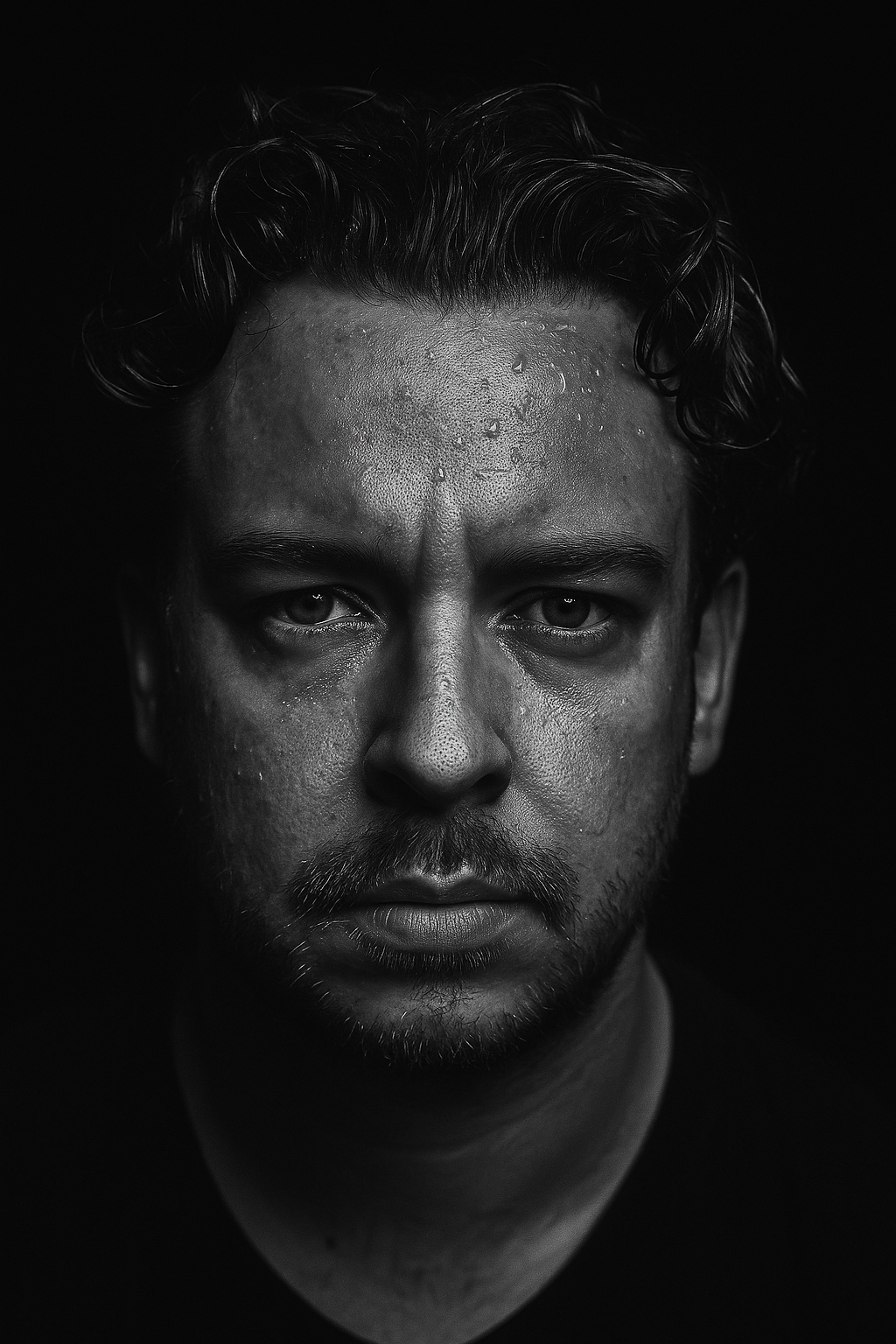
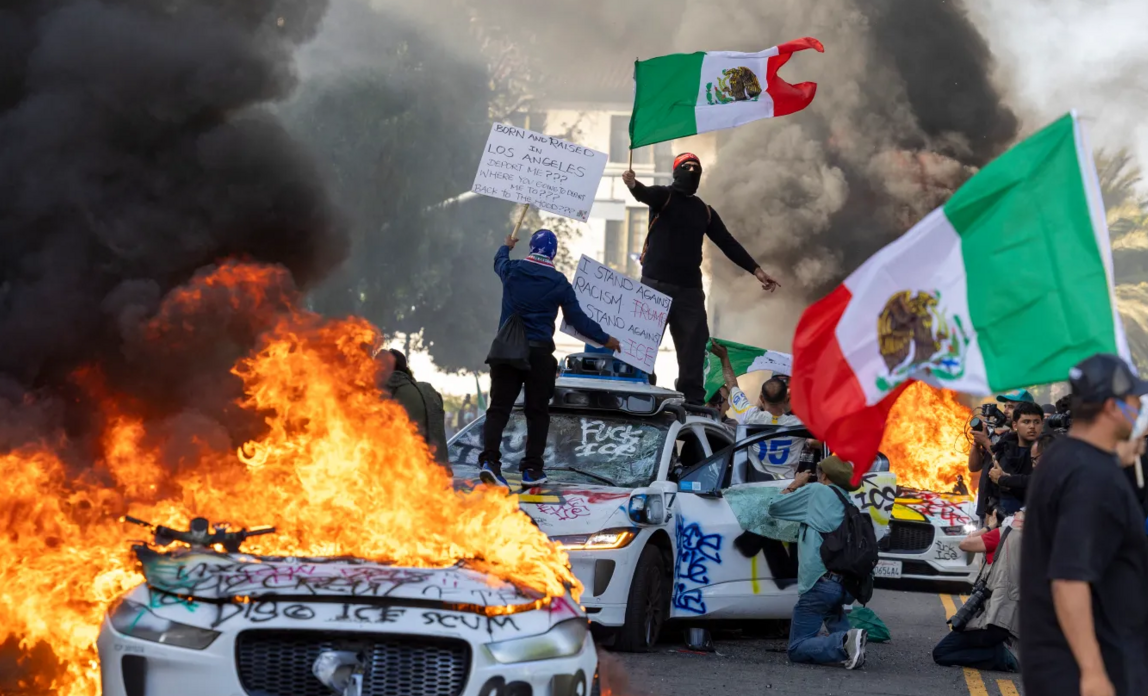
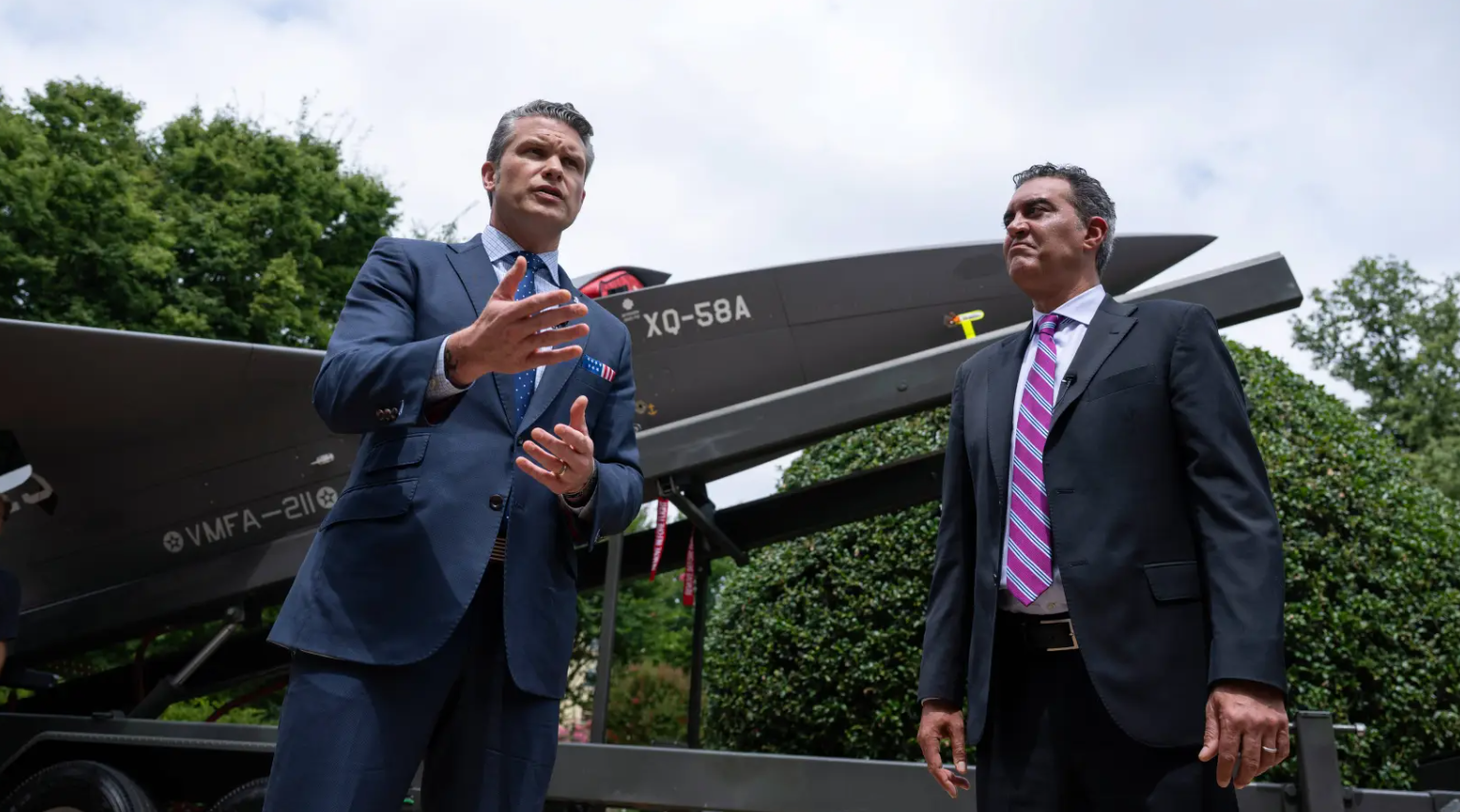
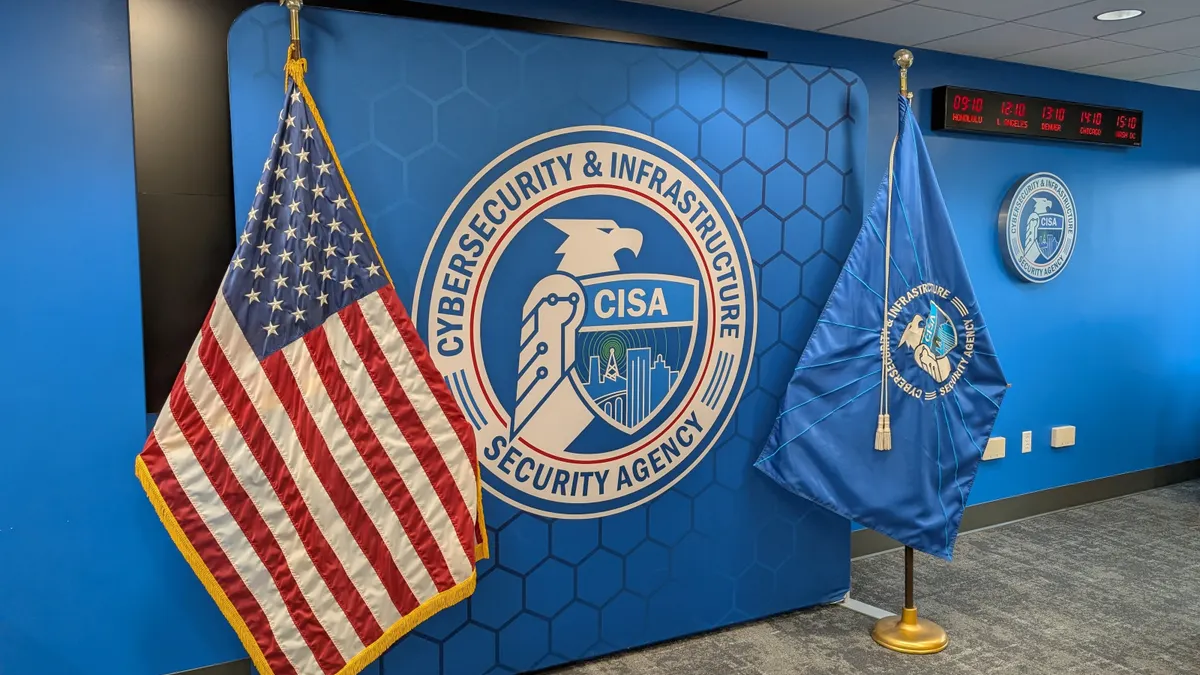
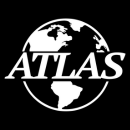
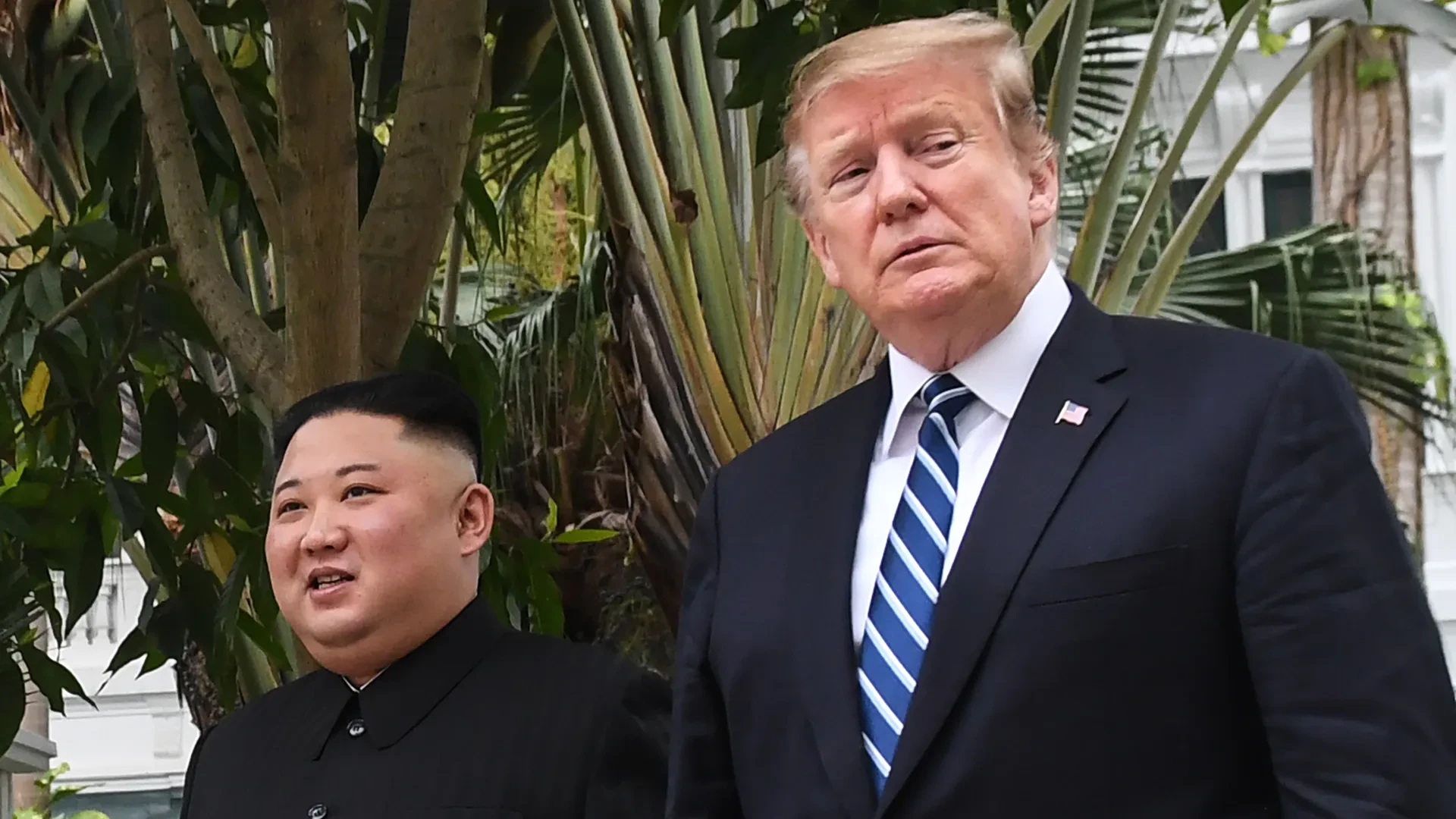
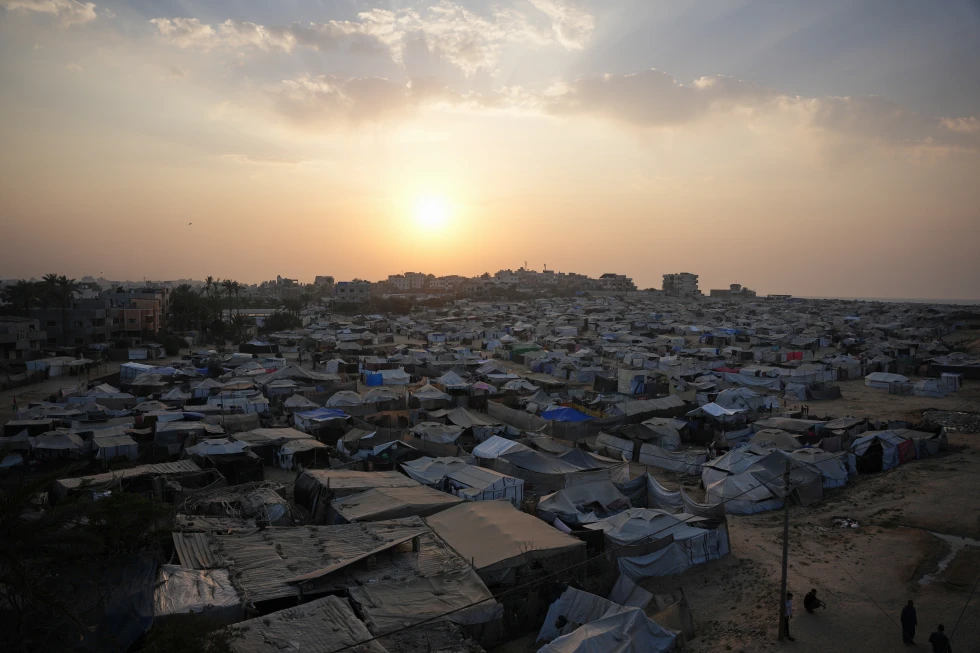
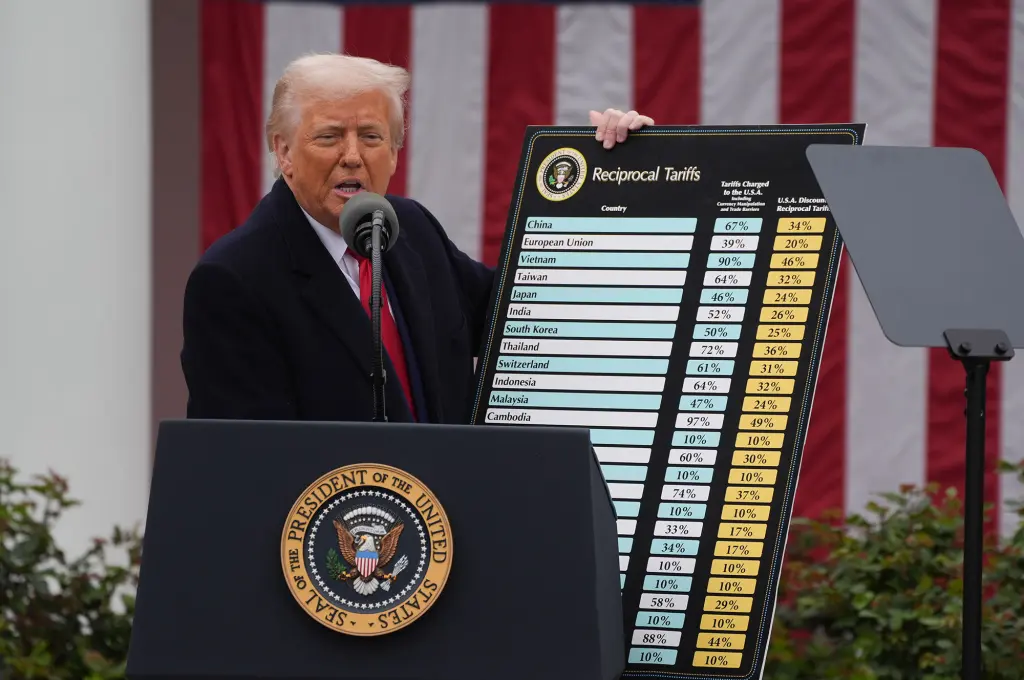
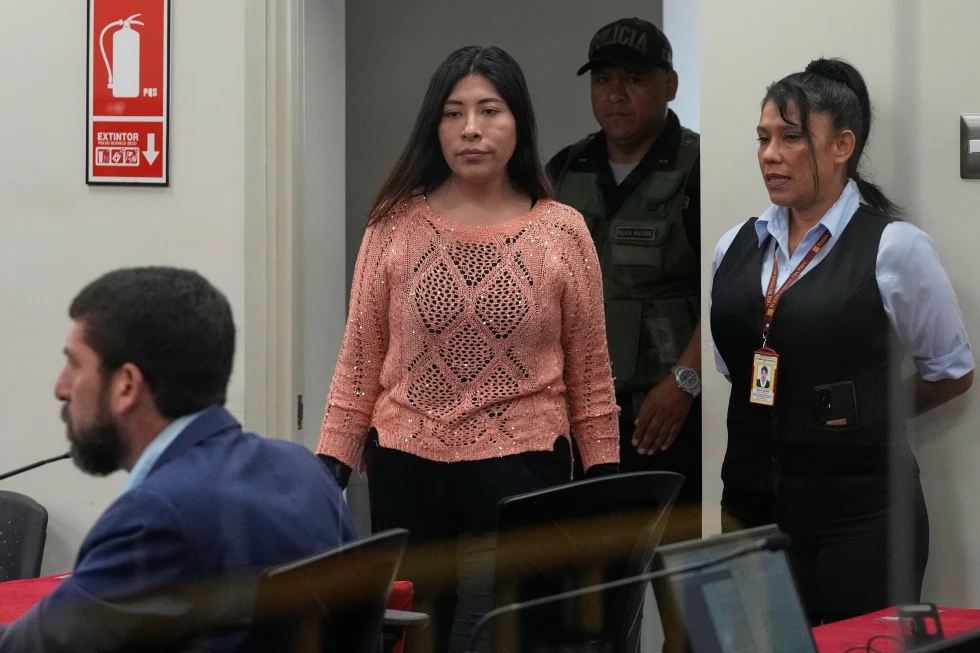
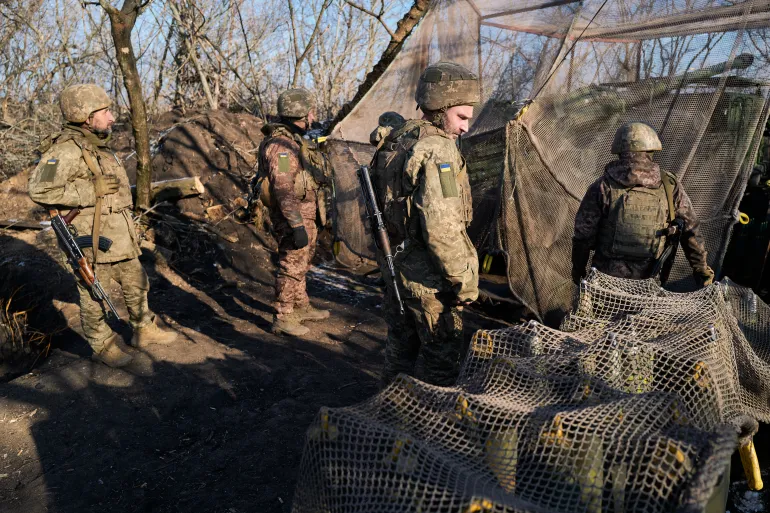

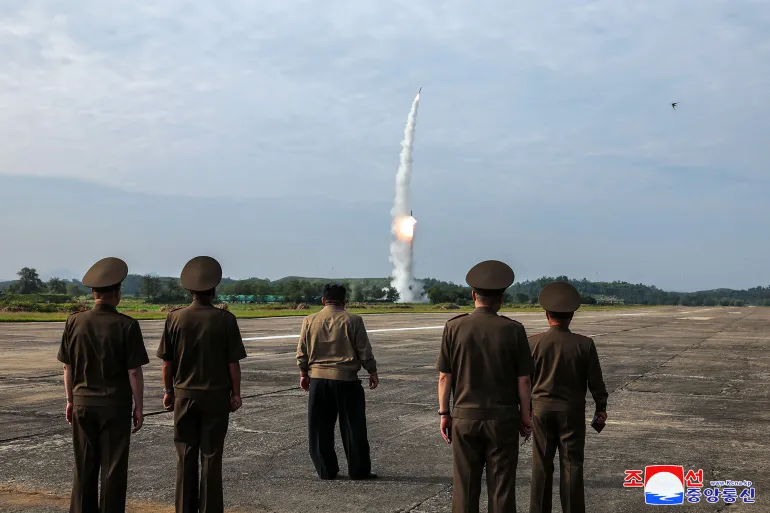

Discussion